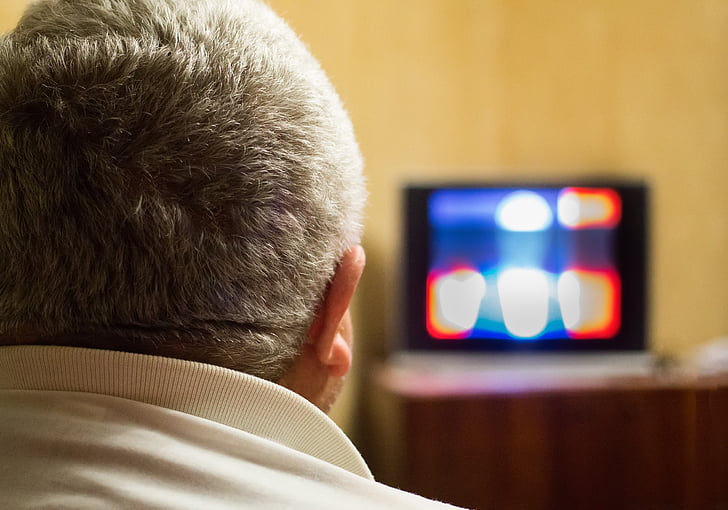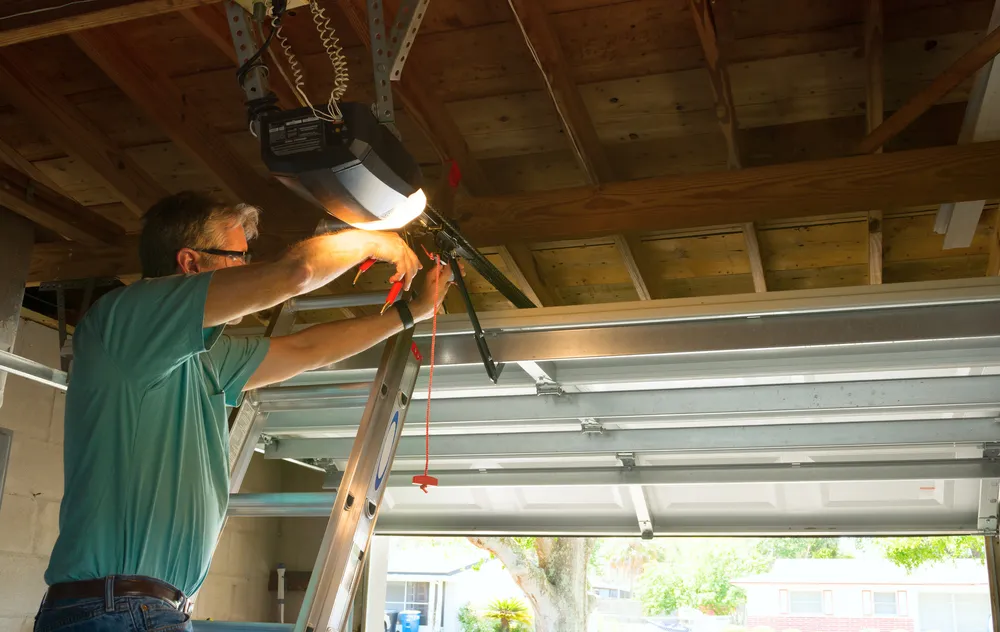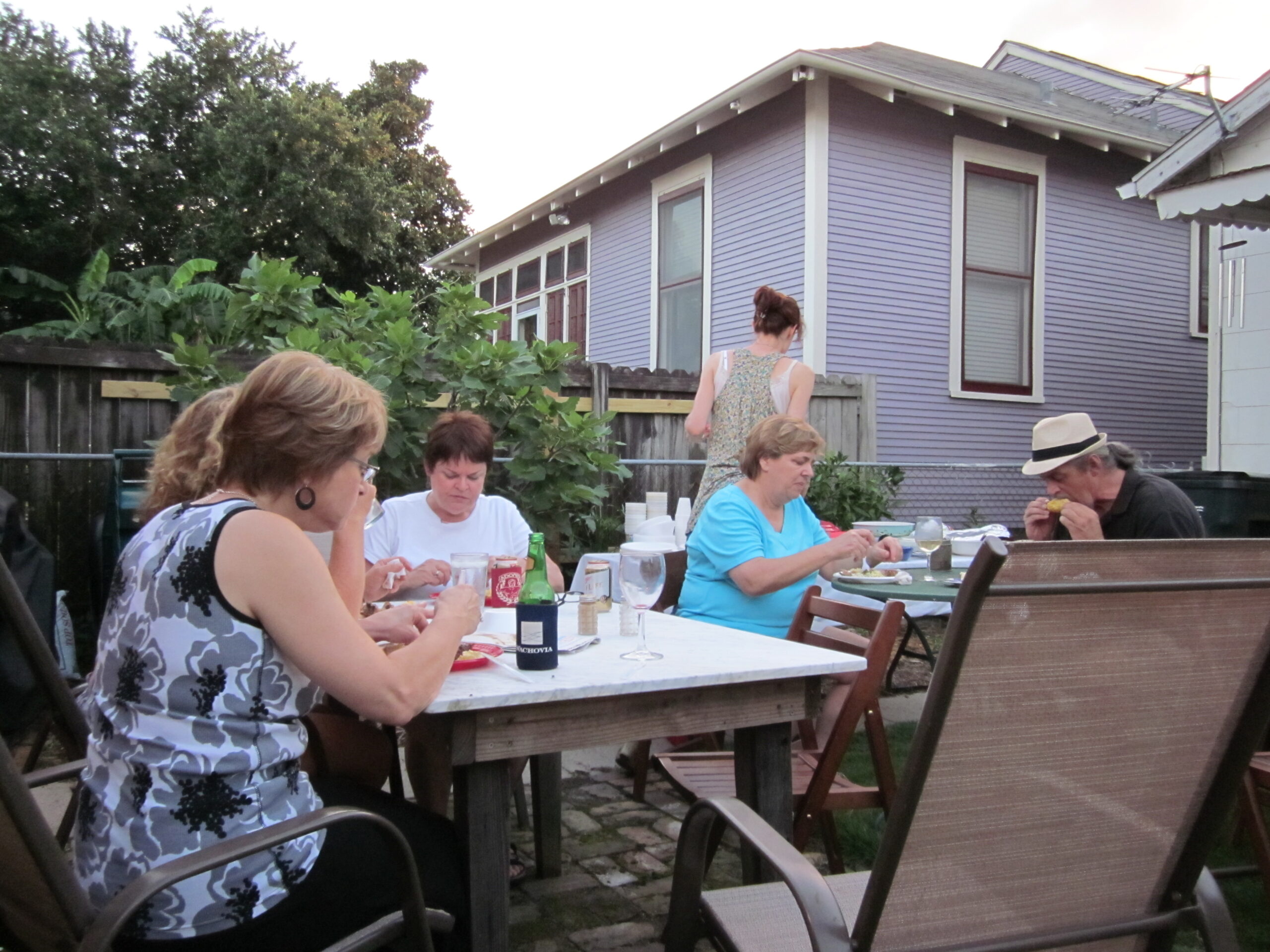Navigating the cost of living crisis isn’t just about pinching pennies; it’s causing a seismic shift in the way we think about money and spending. This economic squeeze is forcing people everywhere to reevaluate priorities, adapt to new financial realities, and even redefine what “value” truly means. It’s no longer about just cutting back—it’s about smart, strategic, and sometimes surprising changes to daily habits. Let’s dive into these intriguing shifts that are altering how we spend, save, and live.
1. They’re Prioritizing Experiences Over Posessions

In today’s tight financial climate, people are choosing to invest in experiences rather than physical items. Instead of buying the latest gadget, many are opting for a weekend getaway or a cooking class, placing value on memories rather than possessions. According to a study by Thomas Gilovich, a psychology professor at Cornell University, experiences provide more enduring happiness than material goods. This means people are looking for enrichment and personal growth, often choosing activities that offer a break from everyday stress. It’s a shift towards an experiential economy, where joy is found in shared moments rather than shopping sprees.
This doesn’t just stem from a desire for happiness; it’s also about getting more bang for your buck. Experiences can offer long-lasting benefits that go beyond the initial investment. For instance, a concert may offer a night of music and community, creating stories that are shared for years. As people grapple with financial pressures, they are becoming more selective, focusing on what truly enriches their lives. This trend is reshaping how we allocate our resources, prioritizing lasting value over fleeting trends.
2. They’re Growing Their Own Food

The rising cost of groceries has encouraged many to revisit the age-old practice of growing their own food. More people are starting small gardens, even on balconies, to cut down on grocery bills and ensure a fresh supply of veggies. It’s not just a cost-saving measure but a rewarding hobby that fosters a connection with nature. Gardening can also be therapeutic, providing a sense of accomplishment and peace in a hectic world. With the added bonus of knowing exactly what goes into your food, people are increasingly turning their green thumbs toward sustainability.
This trend isn’t limited to rural areas; urban gardening is becoming a significant movement as well. Community gardens are sprouting up in cities, offering a communal space for people to grow produce and share gardening tips. The practice has become a form of resistance against the unpredictability of food prices, allowing people to regain some control over their food sources. Moreover, it becomes a way to foster community spirit and collaboration. As more people embrace this practice, they find themselves part of a growing network of self-sufficient, like-minded individuals.
3. They’re Embracing The Sharing Economy

The sharing economy is booming as people look for ways to cut costs and maximize resources. Platforms like Airbnb and Uber have made it easier than ever to share what you have or find what you need without breaking the bank. According to Arun Sundararajan, a professor at NYU Stern School of Business, this trend reflects a shift from ownership to access, driven by both economic necessity and technological advancement. People are increasingly comfortable renting or sharing items they previously would have owned, such as cars, tools, or even clothes. This not only saves money but also appeals to those interested in reducing their environmental footprint.
Community sharing extends beyond these platforms, as neighborhoods look for ways to support each other through lending libraries or tool-sharing schemes. These initiatives build trust and encourage collaboration among participants, fostering a greater sense of community. As the cost of living continues to rise, sharing resources has become not just practical but essential. It’s reshaping traditional views of ownership and redefining what it means to be a part of a community. People are finding that collaboration and cooperation can lead to creative solutions in challenging times.
4. They’re Wearing A Capsule Uniform

With clothing prices on the rise, many people are adopting the concept of a capsule wardrobe—curating a small, versatile collection of timeless pieces. It’s about quality over quantity, focusing on items that can easily be mixed and matched. By investing in fewer, higher-quality clothes, people find that they save money in the long run and avoid the clutter of fast fashion. This minimalist approach encourages thoughtful purchasing decisions, reducing impulse buys and the stress of overflowing closets. A capsule wardrobe also promotes a clearer personal style, as each piece is chosen with intention and purpose.
This shift also emphasizes sustainability, as people become more aware of the environmental cost of disposable fashion. By choosing durable pieces, they are contributing less to waste and advocating for ethical production practices. The rise of second-hand shopping has also complemented this trend, as people look for unique items at a fraction of the cost. Thrift stores and online resale platforms are becoming increasingly popular, offering the thrill of the hunt without the hefty price tag. In a world where every dollar counts, a capsule wardrobe represents a thoughtful, stylish, and sustainable approach to fashion.
5. They’re Upskilling And Reskilling

Faced with economic uncertainty, people are investing in themselves by upskilling and reskilling. This proactive approach to career development is not just about remaining competitive but also about opening doors to new opportunities. A report by the World Economic Forum suggests that the half-life of a learned skill is just five years, which underscores the importance of continuous learning. Online platforms and local workshops offer accessible ways to learn new skills without the high cost of traditional education. This self-improvement drive is about more than just career advancement; it’s about personal growth and resilience in uncertain times.
Through upskilling, people can explore new career paths or enhance their existing roles, making them more adaptable to changing job markets. Programs ranging from coding boot camps to creative writing workshops are available, many of them free or low-cost. The flexibility of online learning suits varied schedules, allowing people to balance work, family, and education. By focusing on skill development, people are betting on their future potential, ensuring they remain valuable in a rapidly evolving world. It’s a strategic investment in oneself that offers returns beyond just financial security.
6. They’re Reinventing Their Living Situations

The economic squeeze is prompting many to rethink their living situations and redefine what home means. Individuals are opting for smaller spaces, co-living arrangements, or even moving in with family to cut costs. This reimagining of home life isn’t just about saving money; it’s about fostering connections and creating a supportive environment. Multi-generational living is seeing a resurgence, as families combine resources and share responsibilities. These arrangements not only provide financial relief but also enhance social bonds, offering emotional support during challenging times.
Alongside new living arrangements, people are also transforming their spaces to accommodate new ways of living and working. The home is becoming a multifunctional space, with more areas dedicated to work, hobbies, and relaxation. This adaptability can often replace the need for external venues, saving money on office rent or entertainment. By rethinking the layout and purpose of their homes, people can better suit their day-to-day needs. As the cost of living crisis continues, these changes illustrate a pragmatic approach to creating spaces that are both functional and nurturing.
7. They’re Reassessing Health And Wellness Costs

Healthcare costs are skyrocketing, and people are becoming more intentional about how they manage their health expenses. They’re seeking out preventative measures and prioritizing wellness in everyday life to avoid hefty medical bills down the line. According to Dr. Danielle Ofri, a physician and author, investing in regular exercise, nutritious food, and stress reduction can significantly lower health-related expenses. These proactive health strategies are becoming more appealing as people look to maintain well-being without the financial strain. This shift is empowering people to take control of their health, making informed choices that align with their budget and lifestyle.
Additionally, alternative and holistic health practices are gaining popularity as people seek more affordable ways to stay healthy. Yoga, meditation, and plant-based diets are being embraced not only for their health benefits but also for their cost-effectiveness. Community health initiatives, such as group fitness classes or cooperative buying of health foods, are making wellness more accessible. This reassessment of health spending encourages a more balanced and mindful approach to well-being. People are learning that small, consistent practices can have a significant impact on both their health and their wallets.
8. They’re Re-evaluating Their Idea Of Fun

In response to the financial crunch, people are rethinking how they spend their leisure time, seeking out low-cost or free activities. Instead of expensive outings, many are opting for hikes, free community events, or simply exploring local neighborhoods. This shift has encouraged people to discover new interests and enjoy simple pleasures close to home. Libraries, parks, and community centers are seeing a resurgence as popular destinations for recreation. These changes reflect a broader trend of finding joy and relaxation in accessible, budget-friendly ways.
By focusing on experiences that offer value beyond their cost, people are redefining what leisure means. This often involves rediscovering hobbies or starting new ones that don’t require a financial investment. Crafting, drawing, and cooking at home are becoming popular pastimes, offering both entertainment and a sense of achievement. As people explore these alternatives, they find that leisure doesn’t need to be expensive to be fulfilling. In the face of financial pressure, these affordable pursuits offer an enriching respite from daily stress.
9. They’re Supporting Local Businesses

As people become more conscious of their spending, there’s a growing trend towards supporting local businesses. This shift reflects a desire to keep money within the community, fostering local economic growth. It also aligns with the values of sustainability and quality, as local producers often offer unique, high-quality products. Farmers’ markets, local shops, and independent artisans are benefiting from this renewed interest. People are finding that buying local not only supports their community but also provides a more personal shopping experience.
This movement also extends to local services, as people look to support neighborhood cafes, restaurants, and service providers. The personal connection and accountability that comes with local businesses add to their appeal. Supporting local is about more than just transactions; it’s about building relationships and investing in the community’s future. In a time where every dollar counts, these choices reflect a strategic and values-driven approach to spending. People are discovering the joy and satisfaction that comes from contributing to something bigger than themselves.
10. They’re Looking At Cost-Effective Transportation

With fuel prices soaring, people are reconsidering their transportation options, often opting for more cost-effective and sustainable alternatives. Public transportation, carpooling, biking, and walking are becoming more appealing as practical ways to save money. This shift is not only economically driven but also reflects a growing awareness of environmental issues. By choosing greener modes of transportation, people are contributing to a reduction in carbon emissions. This trend is encouraging a cultural shift towards more sustainable and community-focused commuting habits.
Additionally, the rise of remote work has decreased the need for daily commutes, allowing people to rethink their transportation needs. Many are selling their cars or downsizing to a single vehicle per household, reducing expenses significantly. These changes are leading to more intentional travel, as people plan trips more efficiently and combine errands to save time and money. As the cost of living continues to challenge traditional transportation habits, people are embracing flexibility and resourcefulness. This reevaluation is fostering a more sustainable future, both financially and environmentally.
11. They’re Cutting Back On Subscription Services

In an era where subscription services are ubiquitous, people are taking a closer look at what they’re paying for each month. The rising cost of living has prompted many to audit their subscriptions, deciding which services truly add value to their lives. Streaming platforms, meal kits, and digital news subscriptions are just a few of the recurring expenses under scrutiny. By carefully evaluating these services, people can cut out the excess and focus on what provides genuine enjoyment or utility. This practice is about more than just saving money; it’s about making conscious, informed choices.
Bundling services or switching to family plans can provide significant savings without sacrificing access to favorite content or conveniences. Additionally, people are exploring free or low-cost alternatives, discovering new content or hobbies they hadn’t considered before. By taking control of subscription spending, people are aligning their budget with their priorities. This trend reflects a more mindful approach to consumption, valuing quality and satisfaction over quantity. As people navigate these choices, they find that intentional spending often leads to greater satisfaction and less financial stress.
12. They’re Rediscovering DIY Culture

In response to rising costs, the DIY culture is seeing a resurgence as people look for ways to save money and personalize their lives. From home repairs to homemade gifts, people are taking on projects they might have outsourced in the past. This do-it-yourself approach encourages creativity and skill-building, offering a sense of accomplishment and independence. Online tutorials and communities provide the knowledge and support needed to tackle new challenges. As people embrace DIY, they find that it’s not only a cost-effective choice but also a fulfilling and empowering one.
This trend extends beyond practical tasks to include crafts, cooking, and gardening, enriching everyday life with new skills and experiences. DIY projects offer a unique opportunity to tailor solutions to personal tastes and needs, often resulting in higher satisfaction than store-bought options. The sense of community and shared learning among DIY enthusiasts fosters connections and collaboration. As more people turn to DIY, they contribute to a culture of resilience and resourcefulness. This renewed interest in self-sufficiency is reshaping how people approach challenges, finding joy in the process of creation.
13. They’re Changing Their Social Life

With budgets tightening, socializing has taken on a new look as people seek out affordable ways to connect with others. Potluck dinners, game nights, and picnics in the park are becoming popular alternatives to pricey nights out. These activities offer a relaxed, intimate setting that fosters deeper connections and meaningful interactions. By focusing on the people rather than the venue, social gatherings are becoming more personal and enjoyable. This shift encourages creativity in planning and highlights the value of time spent together over extravagant expenses.
People are also embracing technology to maintain connections, using video calls and virtual events to bridge distances without incurring travel costs. Online communities and interest groups provide a platform for shared hobbies and discussions, expanding social circles in new ways. These digital connections complement in-person interactions, offering a balance between convenience and personal engagement. As people adapt to the cost of living crisis, they find that meaningful social experiences don’t have to be tied to financial outlay. By reimagining social activities, they are rediscovering the true essence of connection and community.
This article is for informational purposes only and should not be construed as financial advice. Consult a financial professional before making investment or other financial decisions. The author and publisher make no warranties of any kind.








